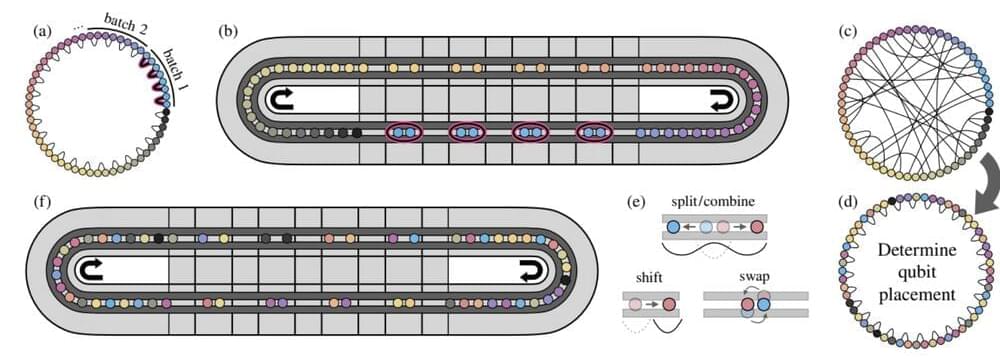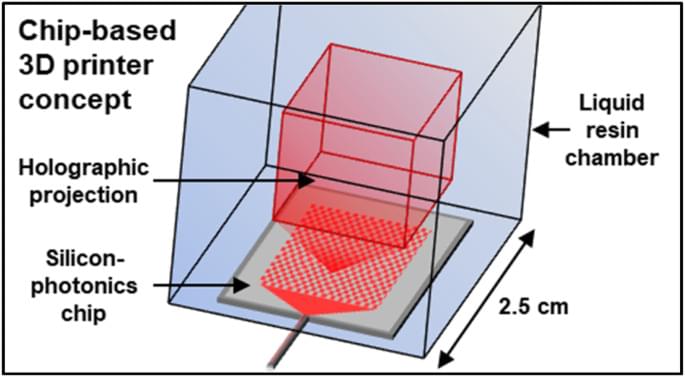Quantinuum unveiled its H2-1 quantum computer with 56 trapped-ion qubits that further improves its market-leading fidelity.



What is the red line in the ability to imitate or simulate the commonly recognizable characteristics of a popular or non-popular person when we seek to assess the potential for unethical persuasion of technologies like GenAI?
What responsibility does the creator bear for the intrinsic consequences related to the unethical use of a person’s identity as a lever of persuasion through technology?
Persuasion has no dark side per se: only the intentions of those who wield it do, and GenAI is not inherently endowed with such intentions, neither for itself nor by itself.
Discover the groundbreaking Self-Interacting Dark Matter (SIDM) theory that suggests dark matter particles might collide and interact with each other. Learn how recent studies on the El Gordo galaxy cluster support this revolutionary idea, potentially changing our understanding of the universe’s structure and evolution. Dive into the cosmic dance and stay updated with the latest space discoveries!
Chapters:
00:00 Introduction.
00:44 The Dance of Self-Interacting Dark Matter.
02:39 Unveiling the Strengths and Weaknesses of CDM and SIDM
05:14 Exploring Dark Matter: Methods and Future Prospects.
09:20 Outro.
09:37 Enjoy.
Best Telescopes for beginners:
Celestron 70mm Travel Scope.
https://amzn.to/3jBi3yY
Celestron 114LCM Computerized Newtonian Telescope.
https://amzn.to/3VzNUgU
Celestron – StarSense Explorer LT 80AZ
https://amzn.to/3jBRmds.
Visit our website for up-to-the-minute updates:




Most collapsed stars fully rotate in seconds. This one takes almost an hour.
Australian scientists from the University of Sydney and Australia’s national science agency, CSIRO, have detected what is likely a neutron star spinning slower than any other ever measured.
No other radio-emitting neutron star, out of the more than 3,000 discovered so far, has been discovered rotating so slowly. The results are published today (June 5) in Nature Astronomy.
Patreon: https://www.patreon.com/seanmcarrollBlog post with audio player, show notes, and transcript: https://www.preposterousuniverse.com/podcast/2024/06/03…


How often should patients be screened for cannabis use? This is what a recent study published in JAMA Network Open hopes to address as a team of researchers from the University of California, Los Angeles (UCLA) investigated how primary care patients who recognize themselves as recreational cannabis users could potentially be at risk for—or suffering from—cannabis use disorder. This study holds the potential to raise awareness about healthcare providers conducting cannabis screening that could help identify early signs of cannabis use disorder in primary care patients.
For the study, the researchers analyzed surveys completed by 175,734 patients prior to a primary care appointment to assess their cannabis use and was conducted between January 2021 and March 2023. In the end, the researchers found that 17 percent indicated cannabis use in their surveys, of which 34.7 percent of those individuals demonstrated potentially high risk for cannabis use disorder based on their survey results. Additionally, 76.1 percent of patients indicated they used cannabis for medical reasons while not identifying as medical cannabis users. The researchers note these results indicate steps should be taken to conduct routine cannabis screenings of primary care patents by healthcare professionals.
“Patients may not tell their primary care providers about their cannabis use, and their doctors may not ask about it,” said Dr. Lillian Gelberg, MD, who is Professor in the Department of Family Medicine at the UCLA David Geffen School of Medicine and lead author of the study. “Not asking patients about their cannabis use results in a missed opportunity for opening up doctor-patient communication regarding use of cannabis generally and for management of their symptoms. ”